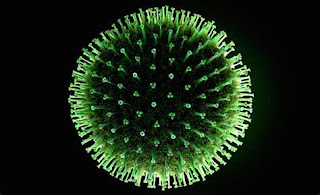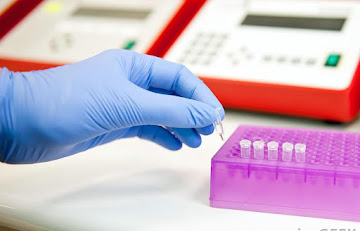Biological Cloning

Cloning is a biological term used to make multiple copies of a particular organism by using the asexual method. Cloning can be of different types including bacterial cloning, fission, etc. We can use the process to make multiple copies of a particular gene by using a particular vector i.e., E.coli. The most commonly used biological vectors are plasmids (extrachromosomal structures in bacteria). The first animal was cloned by splitting embryos in a test tube and the resulting embryos were transferred to the womb of adult female mice. Following that, biologists produced several other animals including cows, sheep, cattle, horses, mules, ox, etc. The nucleus can be transferred to the recipient organism by using two methods. One of the methods involves the removal of the nucleus by injecting a needle and transferring it to another cell. The second metho...











